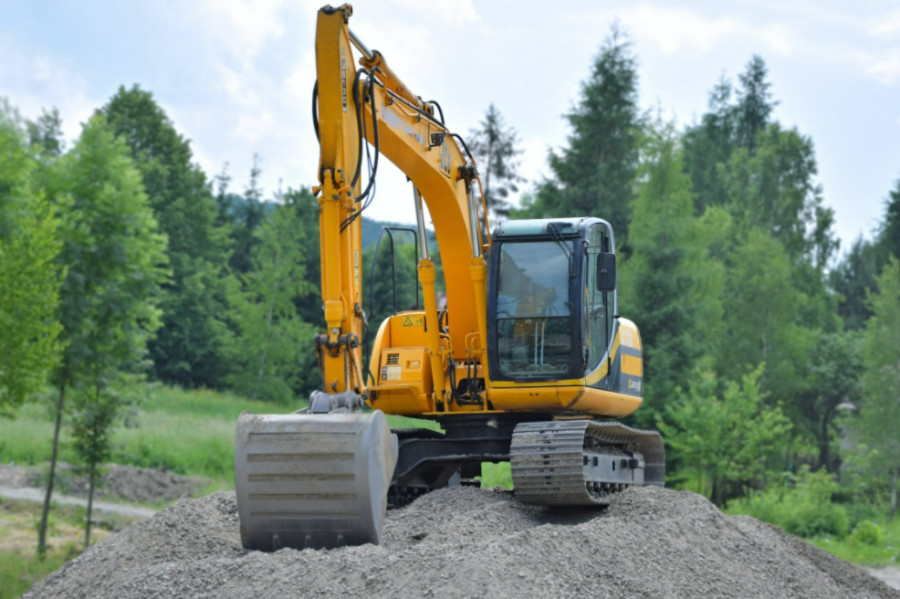As you begin your new construction project, you want to protect your land. This means only disturbing the areas necessary to complete construction. The best way to accomplish this is to control erosion, leaving the topsoil undisturbed. Maintaining the natural vegetation as much as possible will also help control erosion.
Protecting Topsoil
Unfortunately, heavy construction equipment can quickly tear up the ground and vegetation, causing erosion. If driven through muddy or soft ground, construction equipment can leave deep, permanent tire ruts. Also, there is a risk that such equipment could sink into the ground, needing to be pulled out. The solution to this problem is laying down access mats.
An access mat creates a temporary roadway on which to drive construction equipment. These mats can be made of wood, metal, or heavy-duty plastic. The use of access mats prevents the formation of deep tire ruts and soil erosion. Not only that, using access mats can prevent project delays due to muddy or similarly unstable conditions. You can talk to companies, like Sandhill Plastics, to get access mats for your site.
Erosion can also be controlled by completing a construction project in phases. By only breaking new ground when each phase is complete, the amount of erosion can be controlled. Upon completion of each phase, any erosion can be repaired before moving onto the next phase.
Preserving Natural Vegetation
Natural vegetation includes native grasses, trees, and shrubs. The root system of your land’s ecosystem helps to hold the ground together, preventing erosion. While your plans may include more conventional landscaping, during construction, leave as much of the native plants in place.
If your property has native trees, these are valuable assets that should be preserved. Consider hiring a construction tree management service to help preserve and protect any trees on the construction site. An arborist can help you to decide which trees or shrubs to preserve. Also, they understand the characteristics and growth patterns of trees. With this knowledge, they can advise your architects and construction crew on ways to work around and incorporate the trees into your plan.
Stabilizing the Soil
Once your construction project is complete, you’ll need a plan to stabilize the disturbed topsoil. Popular stabilization methods include planting grass or native plants. The roots of these plants will bind the soil, holding it together. You may also need to plan and build a system to channel away water run-off from rain and melting snow.
Preventing erosion is not only important to your land, but it is also vital to the surrounding environment.

